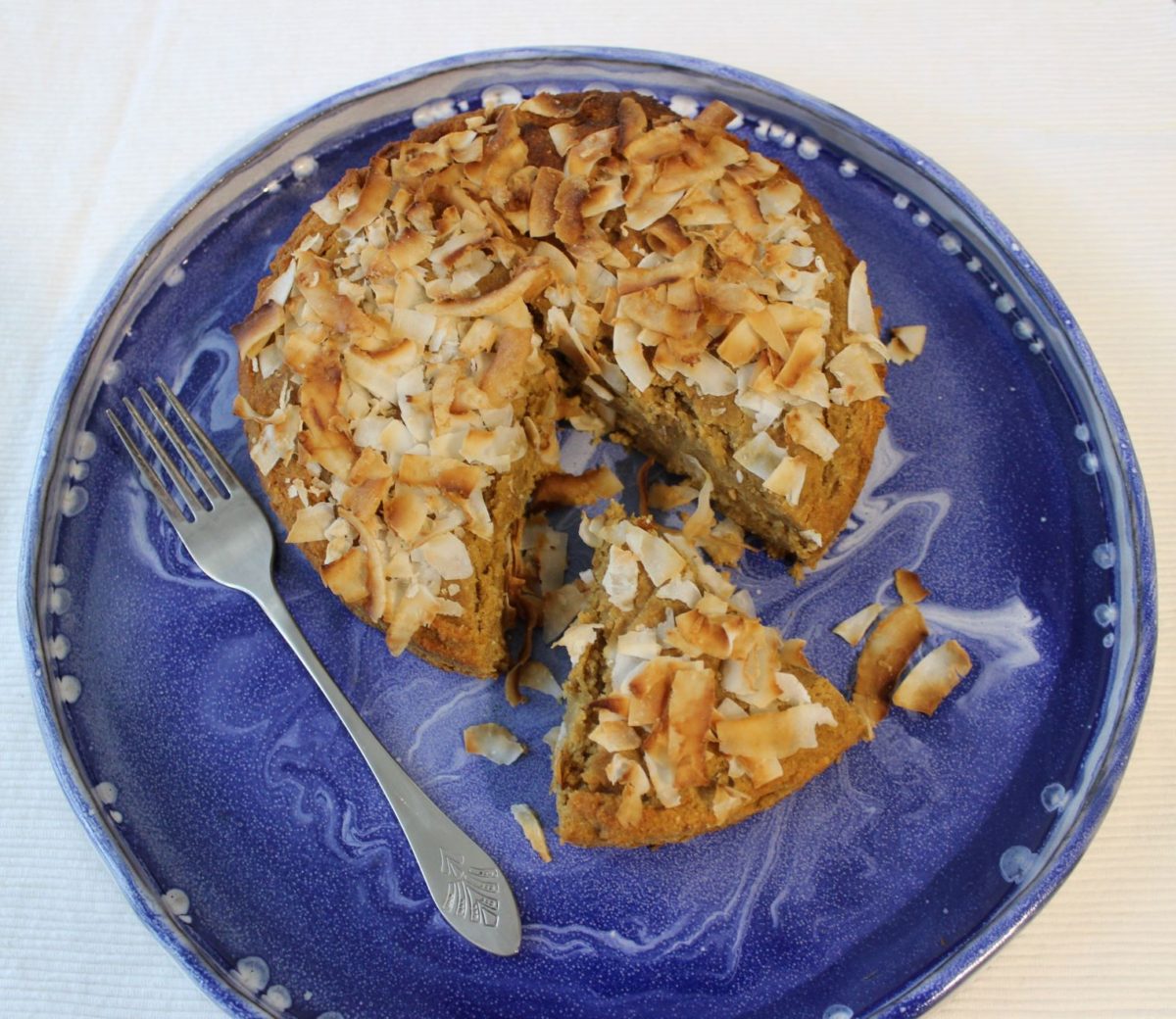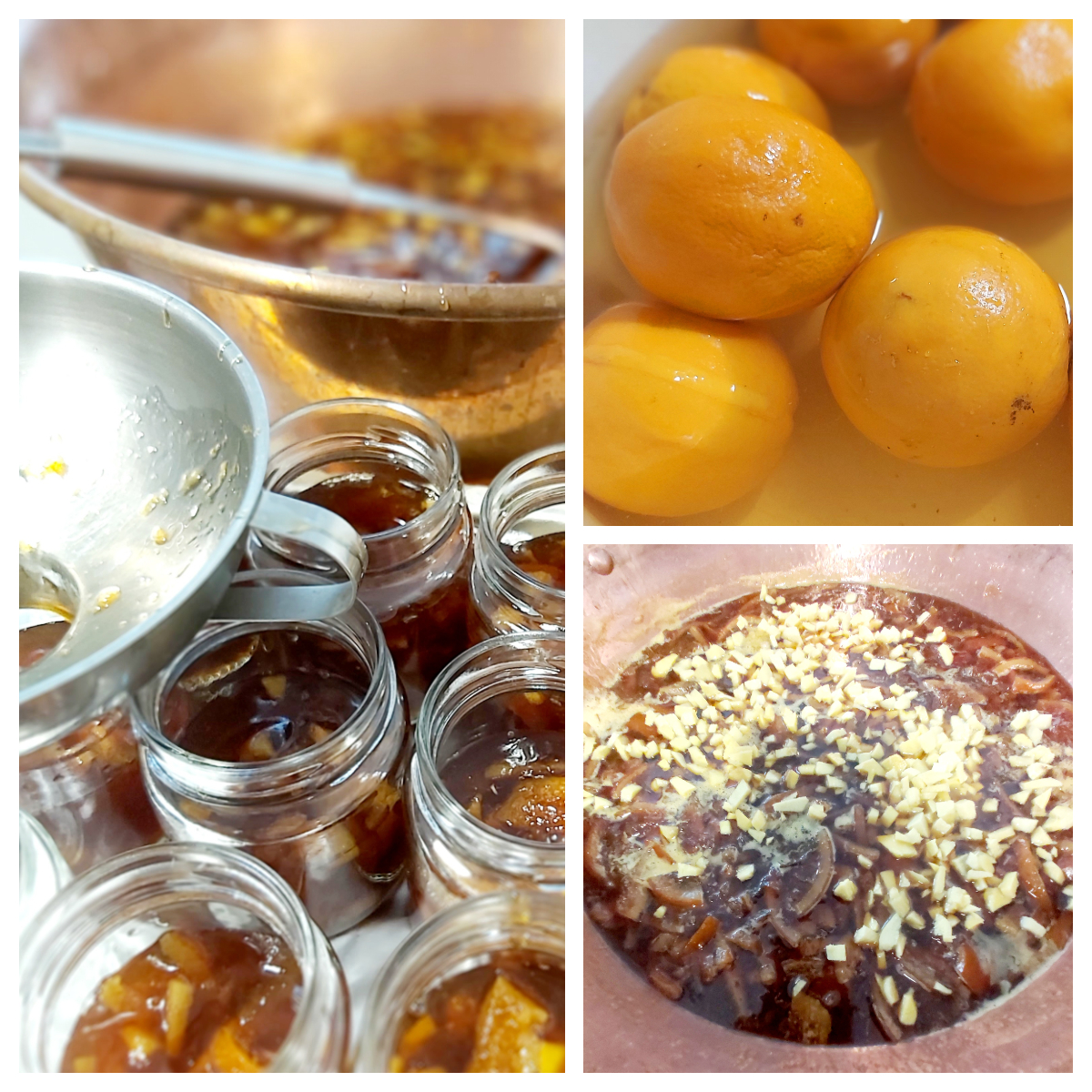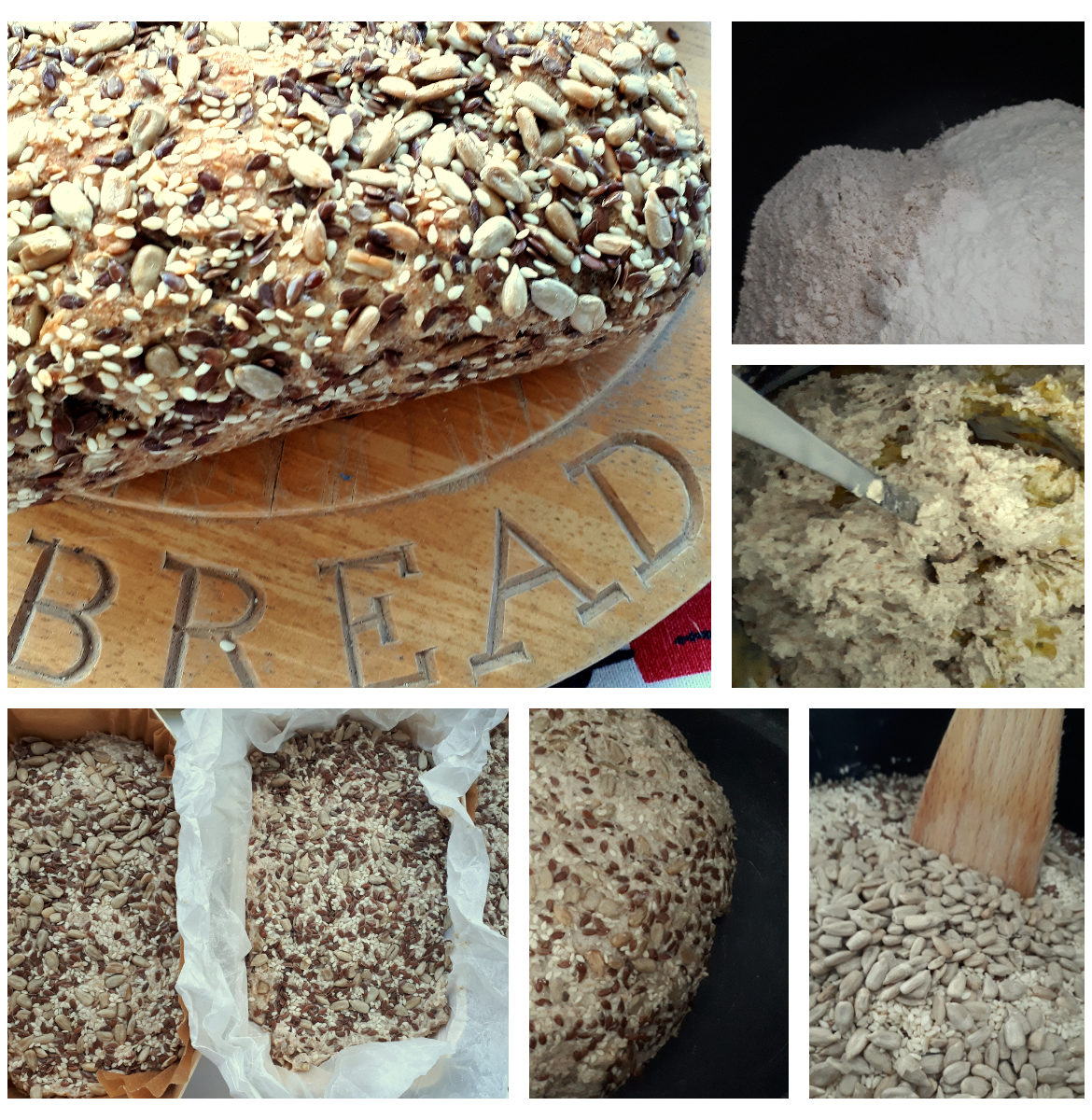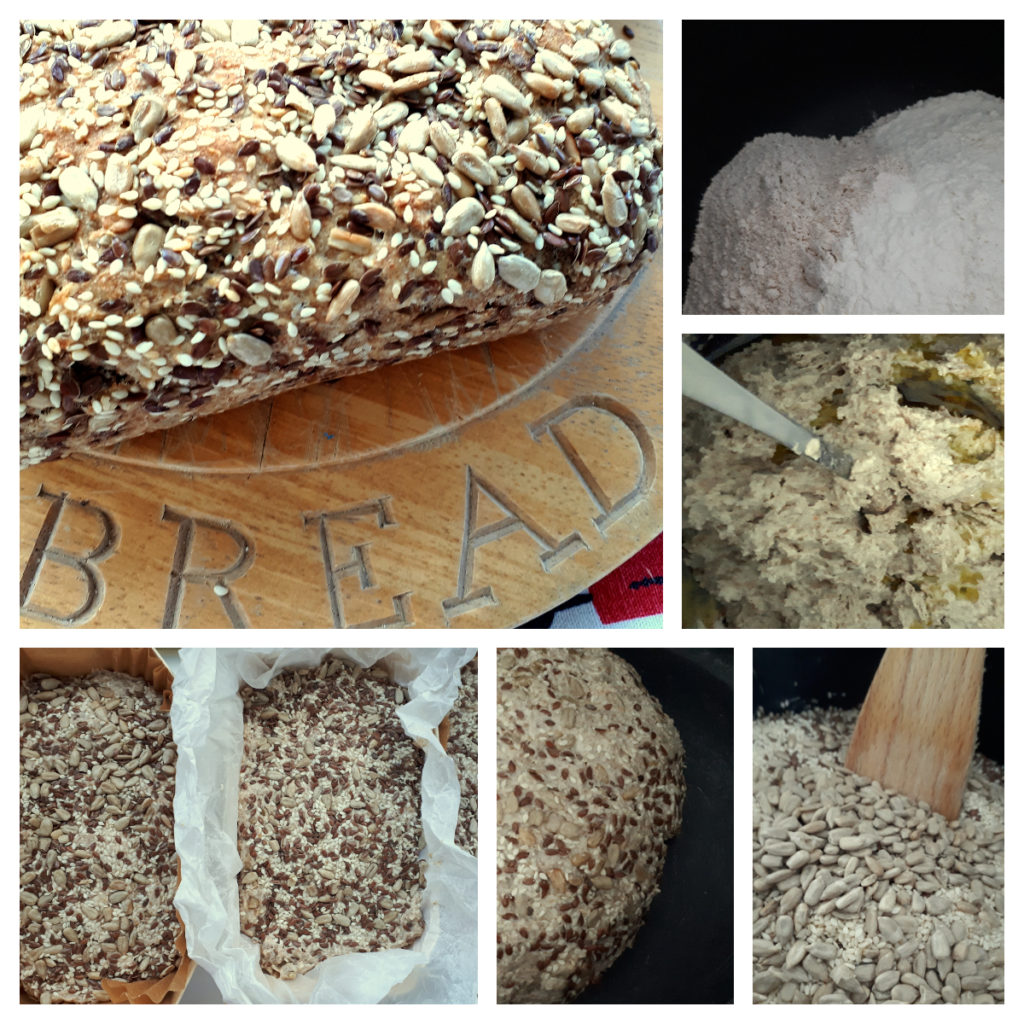I have made Claudia Roden’s whole orange and almond cake in various guises and with many tweakings for years and years since I first eagerly bought her encyclopedic book “A new book of Middle Eastern Cookery” while at university – somehow the co0kery book section at “Dillons” was always more interesting than the engineering one! Glancing at the book now, I see my handwritten notes about adding in some polenta in Romania and some fine cornmeal with musky mastic while visiting the Greek island of Kefalonia for a reunion.
The recipe is a Sephardic Jewish recipe which they took from Spain and Portugal when they fled the peninsula in the Inquisition and were welcomed to Turkey and other countries of the region including Egypt, Claudia Roden’s country of birth. This inspired me to add some saffron which deepens the colour and imbues the cake with that subtle smoky sweet saffron type taste.
Continue reading “Whole orange, coconut and saffron cake”




